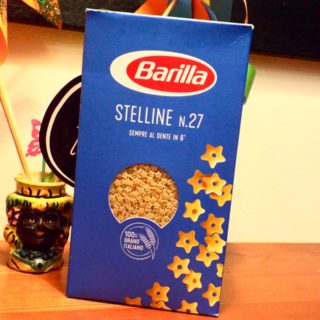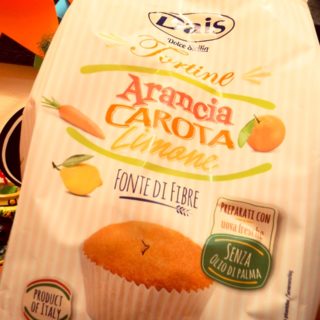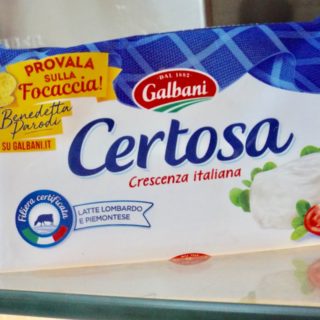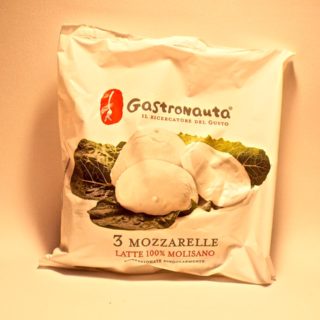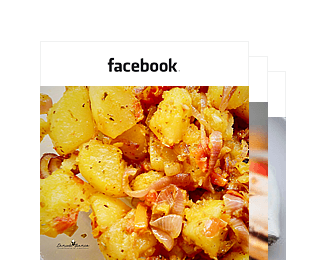
All posts in: Parmesan Cheese
The Parmesan Cheese It is a famous Italian cheese known throughout the world that has a protected designation of origin (DOP).
The Parmesan cheese, often referred to simply as parmesan, is a famous Italian cheese that has a protected designation of origin (PDO). This means that only cheeses produced in certain regions of Italy, specifically the provinces of Parma, Reggio Emilia, Modena, Bologna and Mantua, can be labeled as Parmesan Cheese. Here are some key features and information about the Parmesan Cheese.
Production : The Parmesan Cheese it is produced with cow's milk. The milk used for production comes from cows fed primarily on a natural diet of grass and hay, which contributes to the characteristic flavor of the cheese. The production process is highly controlled and traditional, involving specific methods of milk processing, curd formation and maturing.
Ingredients: The cheese is made using three main ingredients: cow's milk, rennet (an enzyme that helps curdle milk), and salt. The rigorous use of these ingredients contributes to the cheese's unique taste and texture. Aging : Parmigiano Reggiano is aged for a long period of time, usually 18 to 36 months, and in some cases even longer. During the aging process, the cheese develops a grainy texture and a complex, nutty flavor.
Hardness and consistency: Parmigiano Reggiano is known for its hard, crumbly texture. It can be easily grated, shaved, or broken into pieces. Flavor : The flavor of Parmigiano Reggiano is rich, savory, and slightly sweet. As it ages, it becomes more intense and complex, with notes of nuts, fruit, and umami.
Uses: The Parmesan Cheese It is a versatile cheese that can be used in a variety of culinary applications. It is commonly grated over pasta dishes, salads, and soups. It can also be enjoyed on its own as a cheese platter or paired with fruits and wines. Health Benefits: Parmigiano Reggiano is a nutritious cheese that is rich in protein, calcium, and vitamins. Due to its aging process, it is low in lactose, which can make it easier for some people to digest than other cheeses.
Crust: The cheese is encased in a hard, natural rind that is often stamped with the Parmigiano Reggiano logo, indicating its authenticity and origin. Imitations : The name “Parmigiano” is sometimes used generically to refer to similar cheeses produced outside of the designated regions in Italy. However, authentic Parmigiano Reggiano has DOP status and is distinct in terms of quality and production methods. Culinary Tradition : Parmigiano Reggiano has a rich history in Italian cuisine and is considered one of the world's finest cheeses. It has been produced using the same traditional methods for centuries.

